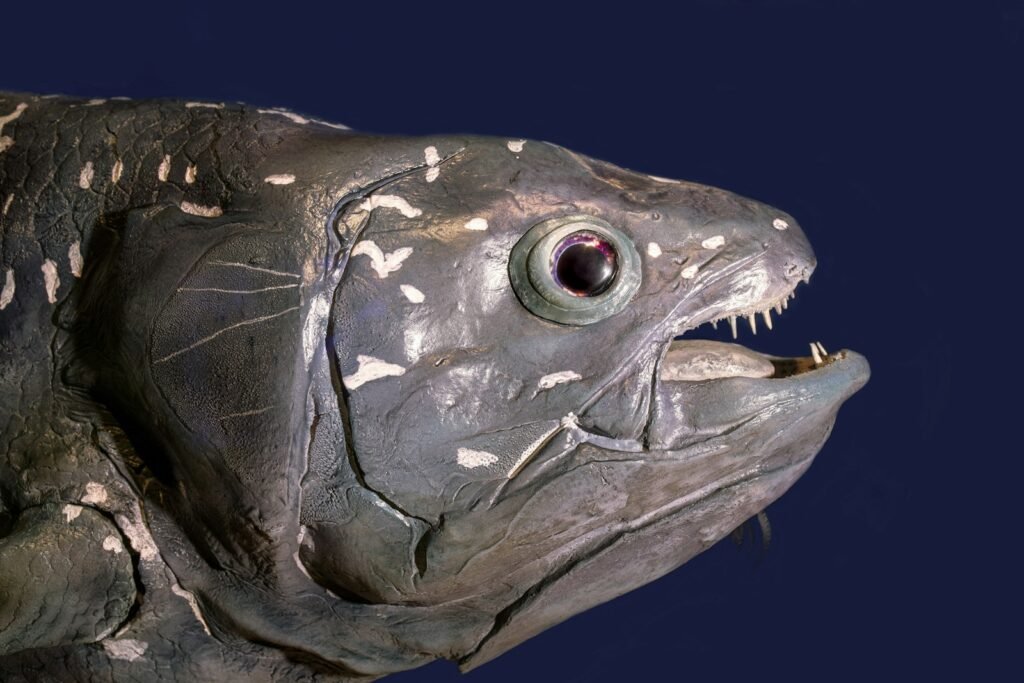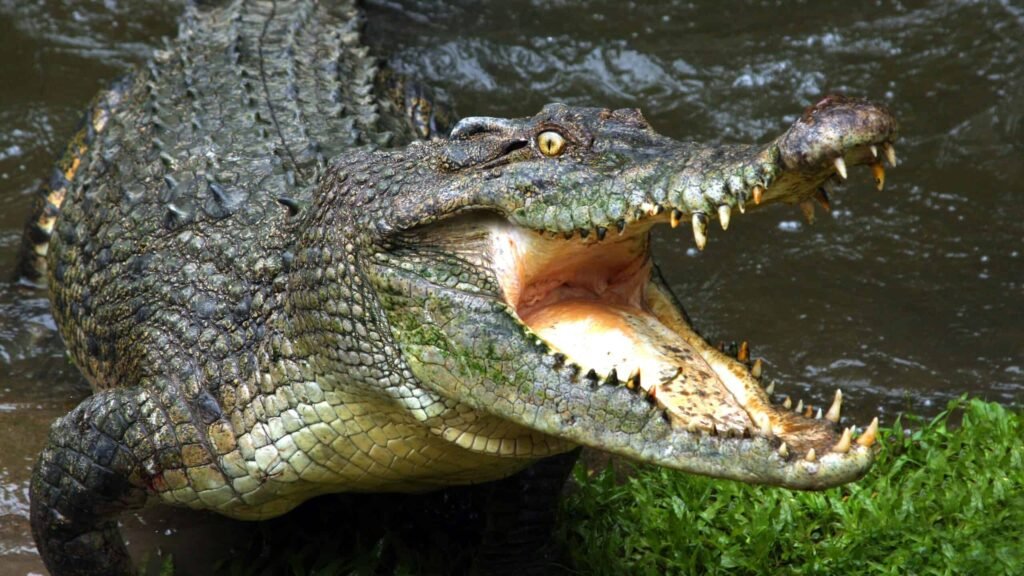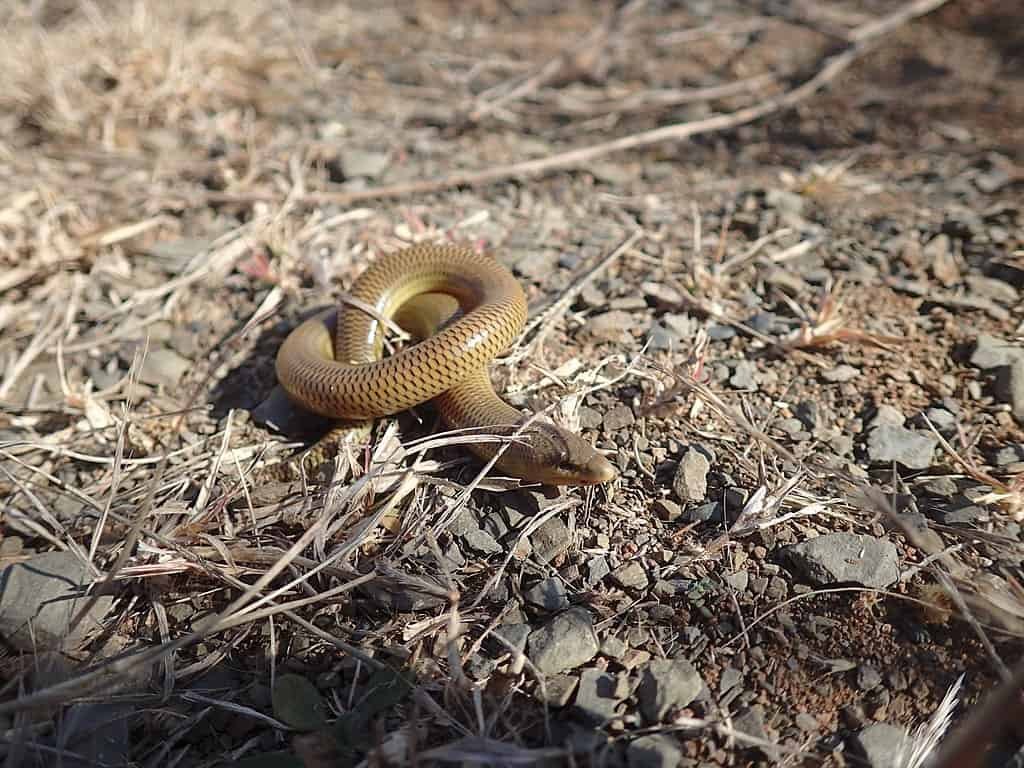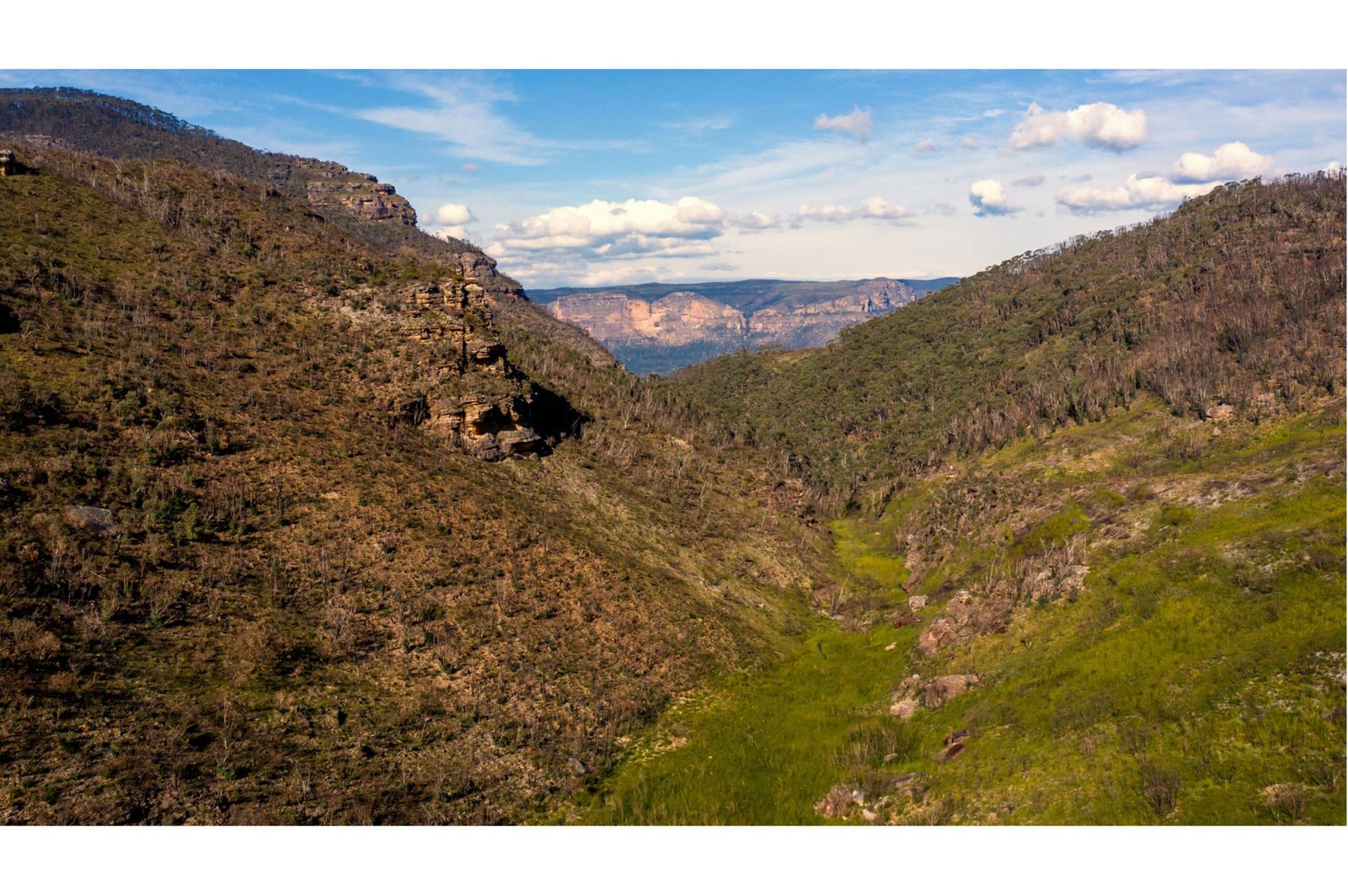Australia, with its diverse landscapes and isolated ecosystems, is home to a fascinating array of wildlife. Among these are the so-called “living fossils”—creatures that have remained relatively unchanged for millions of years. These ancient beings offer a unique window into the past, challenging our understanding of evolution and adaptation. In this article, we’ll explore these incredible survivors, their unique characteristics, and their role in the story of life on Earth.
Defining Living Fossils

Living fossils are species that have existed for millions of years with little apparent change in their form or function. Often, their ancient and modern relatives have become extinct, leaving these creatures as the sole representatives of their lineage. This gives scientists valuable insights into evolutionary processes and the resilience of life.
The Resilient Platypus

Arguably one of the most peculiar living fossils is the platypus. This egg-laying mammal defies typical classification, showcasing a blend of features from different animal groups. The platypus’s lineage dates back over 100 million years, and its unique combination of traits continues to baffle scientists and enthusiasts alike.
The Armored Echidna

Another enigmatic Australian native is the echidna, another monotreme like the platypus. With a spiny exterior reminiscent of hedgehogs or porcupines, echidnas are equipped with electroreceptors in their snouts, a feature they share with the platypus. This adaptation helps them to locate food, a trait unchanged for millennia.
The Ancient Wollemi Pine

Though not an animal, the Wollemi Pine deserves mention. Thought to have been extinct for millions of years, it was rediscovered in 1994 in the Blue Mountains of Australia. This “dinosaur tree” dates back to the time of the dinosaurs and represents a rare case of botanical living fossils.
The Enigmatic Lungfish

Australian lungfish boast an impressive lineage, tracing back to the Devonian period, about 400 million years ago. Uniquely, these fish can breathe air thanks to their primitive lungs, an adaptation that has allowed them to survive in changing environments that would have driven other species to extinction.
The Triassic Coelacanth

While not exclusive to Australia, the coelacanth is a marine marvel that fits the living fossil category. Once thought to have gone extinct with the dinosaurs, this deep-sea dweller was sensationally rediscovered in 1938. Its evolutionary roots run deep, dating back to the Triassic period, around 250 million years ago.
The Saltwater Crocodile

Australia’s saltwater crocodile, or “salty,” is a formidable predator whose ancestors date back over 200 million years. Their survival across eons is a testament to their adaptability and dominance in aquatic ecosystems. Saltwater crocs have outlasted many prehistoric creatures, maintaining their role as apex predators.
The Perennial Horseshoe Crab

Although more commonly associated with the Americas and Asia, horseshoe crabs are found in Australia’s northern waters. These marvels of evolutionary endurance have eked out an existence for more than 450 million years, surviving mass extinctions that wiped out countless other species.
The Remarkable Lord Howe Stick Insect

Also known as the “tree lobster,” the Lord Howe stick insect is a prime example of resilience. Thought extinct until rediscovered on a small island in 2001, these insect survivors provide critical insights into island biogeography and resilience. Their survival against the odds underscores the fragility and tenacity of life.
The Ancient Skink

The blue-tongued skink, indigenous to Australia, showcases ancient lineage adaptations. Their vibrant blue tongues likely developed as a defense mechanism, providing a startle response to predators. These skinks remain a key component of Australia’s ecosystem, highlighting the stability of some reptilian evolutionary paths.
Conclusion: Harmony of the Ancient and Modern

Australia’s living fossils are not just remnants of the past; they are thriving testaments to life’s adaptability and resilience. Whether prowling the outback or lurking in ancient forests, these creatures command our fascination. As we endeavor to understand them, they remind us of life’s interconnected history and the importance of preserving the biodiversity that links the present with our evolutionary origins.
These living fossils are a testament to nature’s enduring legacy, offering invaluable lessons about life on Earth. Their stories encourage appreciation, conservation, and a deeper understanding of our planet’s remarkable history.



